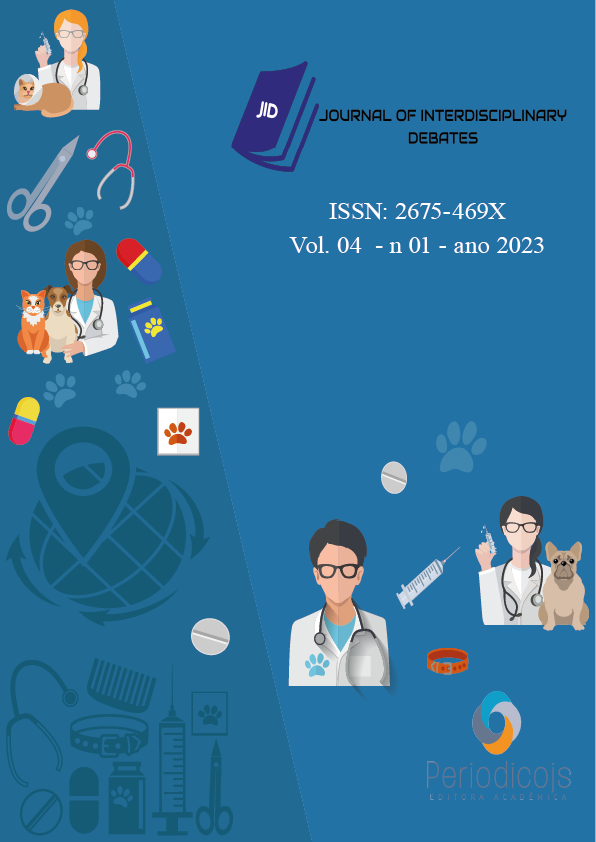Abstract
Water is essential for living beings. It is also one of the main means of transporting contaminants such as pathogenic bacteria. Therefore, water quality must meet basic requirements so that it can be consumed by the population and for use in industries. The objective of this work was to carry out a comparison of two analysis methods (Petrifilm® and Chromogenic Substrate) of water in the beverage industry, contributing to the validation study of the Petrifilm® method for analysis of process water for coliform microorganisms. Currently, only the Chromogenic Substrate method is validated by the Standard Methods for the Examination of Water and Wastewater. The study was carried out in a soda fountain in the city of Jundiaí-SP. Tests were performed over a period of 6 months, weekly (for process water) and monthly (for line swab). Specific points were chosen for sample collection according to the internal procedure. The obtained results demonstrated that the Petrifilm® method was not efficient to demonstrate the presence of coliforms and comparison with the chromogenic substrate.
References
BRASIL. Ministério da Saúde. Portaria do Ministério da Saúde nº 2.914 de 12 de dezembro de 2011. Dispõe sobre os procedimentos de controle e de vigilância de qualidade da água para consumo humano e seu padrão de potabilidade. DO República Federativa do Brasil, Brasília, DF, 14 de dz. 2011, Seção1, pág.39-46. 2011.
CUNHA, H. V. F. Qual a importância da água na indústria de alimentos; Food Safety Brazil - Segurança de Alimentos, 2016, disponível em: <http://fooddafetybrazil.org/imoirtancia-da-agua-na-industria-de-alimentos>, acesso em 10 de novembro de 2022.
ETENE. Escritório Técnico de Estudos do Nordeste. Disponível em: <https://www.bnb.gov.br/s482-dspace/bitstream/123456789/905/1/2021_CDS_175.pdf> Acesso em: 28 nov.2022.
FUNASA. Manual prático de análises de água. Brasília, DF. Ed,Coordenação Social 2ª ed. rev.-Brasília: Fundação Nacional de Saúde,2006. Acesso em 05/11/2022.
LIMA, A.C.S.; AFONSO, J.C. A Química do Refrigerante. 2009. Disponível em: http://qnesc.sbq.org.br/online/qnese31_3/10-PEQ-0608.pdf Acesso em: 01 dez.2022.
MORAIS, VAD et al. Avaliação microbiológica de amostras de refrigerantes comercializados no Estado de Minas Gerais. Rev.do Inst. Adolfo Luts, v.62, n.1. P1-4, 2003.
SILVA, N et. Manual de Métodos de Análise Microbiológica de Alimentos e Água. 4. Ed. São Paulo: Livraria Varela; 2010.
SWEETMAN, C; WARDLE, J; COOKE, L. - Soft drinks and “desireto drink” in preschoolers. Int. J. Behav. Nutr. Phys. Act., v.5, n.60, p.1-5, dez. 2008.
M. Guia de interpretações. , acesso em 02/12/2022.





